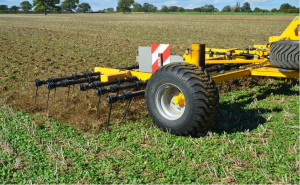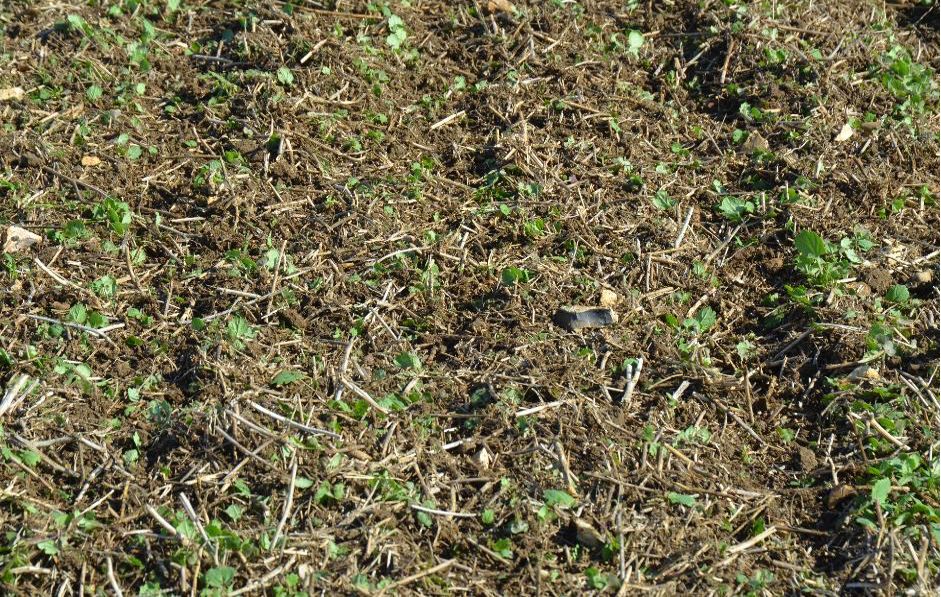
Effective stubble management is an essential component of any crop establishment system. Increasingly mechanical methods of weed control are finding their place as chemicals lose their efficacy. Field operations must be well-timed to produce maximum benefits.
On the Claydon farm, one of our primary tasks after harvest is to encourage weeds and volunteers to germinate quickly. This enables us to take them out using a combination of mechanical and chemical methods. The Straw Harrow creates the fine tilth and high-humidity conditions necessary to kick-start the process.

It is important to adopt a little and often approach and appreciate the different requirements in winter and spring cropping situations. It is also important to know how and when to use the Straw Harrow, then tailor operations to your own soils and conditions. This is all about having the discipline to go in with the Straw Harrow early, even though a few weeds may be visible and seem premature.
Look closely, though, and you will see countless cotyledons just emerging, which is the best time to rake them out and remove them. Using the Straw Harrow when these cotyledons are less than 20mm tall will kill 70%. Repeating this operation several times will dramatically reduce weed populations.

During the process, when glyphosate is eventually applied, it is as a single, full-strength dose prior to drilling. As a result, it maximises its effectiveness and reduces the risk of weed resistance. Multiple passes with the Straw Harrow will also knock out slugs and destroy their eggs. This will in turn help in creating ideal conditions for drilling and crops that germinate evenly in 7 to 10 days.
Effective stubble management has become particularly important following the loss of neonicotinoid seed treatments and some products to control grassweeds. This is due to the inherent fear that the aphid vectors of Barley Yellow Dwarf Virus (BYDV) will increase significantly.
However, BYVD can be reduced considerably by using the Opti-Till® system to manage stubbles and take away the “green bridge” effect. It also enables drilling to be delayed. But to do that with any degree of certainty you must be able to get the crop in the ground quickly, which means not having too many operations before sowing.
What Using the Claydon Straw Harrow Entails
Claydon Straw Harrow breaks up and distributes the chopped straw evenly and creates a fine, level, 2cm-deep tilth. It covers 20 ha/hr and the operation uses a little over 1 litre/ha of diesel, so it is fast, low-cost and should be repeated every 7 to 14 days when soil conditions are favourable. Little soil is moved, so if the weather does turn wet this mini tilth will dry out quickly, allowing another pass with the Straw Harrow or drilling with a Claydon Hybrid.

Thank you for reading our blog ‘Straw Harrow: An important Stubble and Weed Management Tool’. If you have further inquiries about the Claydon Straw Harrow, do not hesitate to get in contact with us today!


